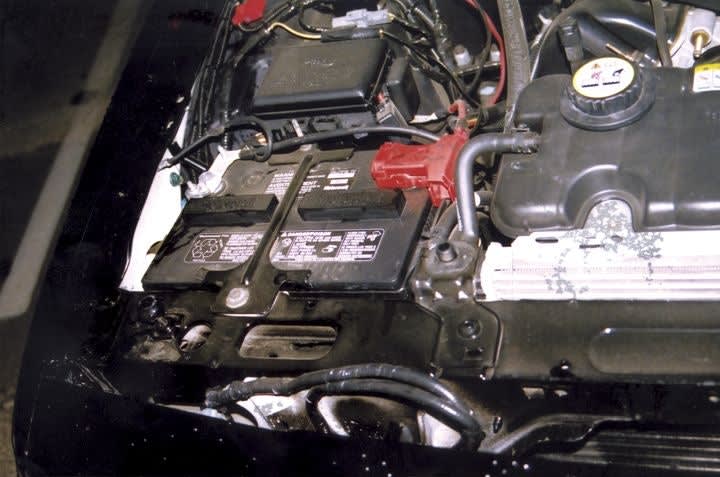Electrical demands are a major concern with law enforcement vehicles. This was true with early police vehicles when lighting, electro-mechanical "growler" sirens, and two-way radios severely taxed automotive electrical systems, and it's true today when high-tech lightbars, mobile data terminals, video cameras, and other power-hungry gadgets have become standard equipment.
The law enforcement vehicles of yesterday had 6-volt electrical systems that were tasked with operating growler sirens, incandescent light systems, and radio equipment that operated by vacuum tubes. All of this equipment consumed huge amounts of energy. So departments installed oversized batteries and generators to handle the load. This worked pretty well, but you had to keep the engine running when using the equipment, or a dead battery would leave you stranded. All that excessive idling accelerated wear on the engine and it consumed a lot of fuel.












